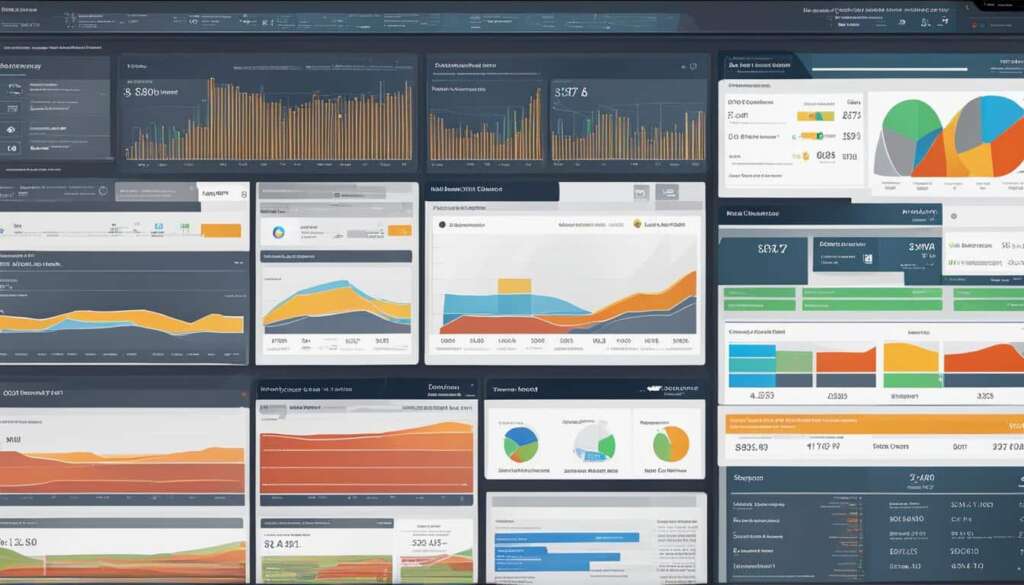Table of Contents
RMM software, or Remote Monitoring and Management software, is an essential tool for Managed Service Providers (MSPs) to simplify IT operations and manage client networks 24/7. It automates workflows, improves service quality, and reduces operating costs. The key benefits of using RMM software include cost reduction, extended support and security for all devices, simplified network management, reliable IT performance delivery, and optimization of performance and ROI.
Core functions of RMM software include providing a holistic view of client networks, maintaining and updating client systems, enhancing security, managing missing patches, real-time hardware and software tracking, remote troubleshooting, fault management, and gaining insights into client IT networks. RMM software uses an agent-server model, where an agent is installed on each device in the client network, and a centralized component is installed in the MSP’s server.
Why MSPs Need RMM Software
Managed Service Providers (MSPs) play a critical role in assisting businesses with their IT needs. As technology continues to evolve, MSPs require robust tools to effectively monitor and manage client devices. This is where Remote Monitoring and Management (RMM) software comes in. By adopting the right RMM solution, MSPs can streamline their operations and provide proactive support to their clients.
RMM software enables MSPs to monitor and manage all client devices from a single centralized console. This means that MSPs can remotely access and troubleshoot client systems, ensuring maximum uptime and reducing the need for on-site visits. The ability to handle multiple client networks efficiently is essential for MSPs who manage numerous clients simultaneously.
Before selecting an RMM solution, MSPs need to consider several factors that align with their business goals. Here are some key points to focus on:
- Data Privacy: Ensuring data privacy is vital for MSPs as they handle confidential information from their clients. A robust RMM software should provide secure data transmission, encrypted communication channels, and built-in measures to protect customer data.
- Scalability: As MSPs expand their client base, they need an RMM solution that can scale with their business. The software must be capable of handling an increasing number of devices and networks without compromising performance or stability.
- IT Automation: Efficient service delivery is key for MSPs to meet client expectations. RMM software with automation capabilities allows MSPs to automate routine tasks, such as software updates, patch management, and system monitoring. This helps streamline workflows, reduce manual effort, and deliver services more efficiently.
- Security: MSPs are responsible for safeguarding their clients’ networks and data. RMM software should provide robust security features, such as real-time threat detection, antivirus protection, firewalls, and vulnerability scanning. These features enable MSPs to proactively identify and address potential security risks.
- Multi-platform support: In today’s diverse technology landscape, clients may have a variety of operating systems and devices. MSPs need RMM software that can effectively manage and monitor networks regardless of the platforms used. This ensures comprehensive support and consistent service delivery across different environments.
Choosing the right RMM software is crucial for MSPs to deliver exceptional IT services. By considering factors such as data privacy, scalability, IT automation, security, and multi-platform support, MSPs can optimize their operations and provide value-added services to their clients.
Next, we will explore the core features of RMM software and how they empower MSPs to efficiently manage client networks.
RMM Software Features
| Feature | Description |
|---|---|
| Remote Access | Enables technicians to remotely connect to client systems without user interaction, allowing for efficient troubleshooting and support. |
| Patch Management | Automates the deployment of software patches, ensuring that client systems are up to date with the latest security updates and bug fixes. |
| Layered Security | Provides a multi-layered approach to security, including antivirus protection, endpoint detection and response, password management, mail protection, and DNS filtering. |
| Remote Software Installation | Allows for easy deployment of software to multiple devices simultaneously, saving time and effort for MSPs. |
| Hardware Failure Detection | Monitors the health of hardware components and automatically alerts engineers in case of potential failures or malfunctions. |
| Unattended Scheduled Reboots | Enables automatic device reboots based on predefined schedules, ensuring optimal performance and timely maintenance. |
| Hardware and Software Auditing | Gathers detailed information about client devices, including hardware and software configurations, providing valuable insights for network optimization and planning. |
Core Features of RMM Software
RMM software offers a comprehensive set of features designed to streamline IT management and enhance operational efficiency. With remote access capabilities, technicians can connect to client systems remotely without requiring user interaction, enabling prompt troubleshooting and issue resolution. Patch management functionality automates the deployment of software updates, ensuring that client systems are up to date and secure.
Layered security is another critical aspect of RMM software, providing robust protection against potential threats. It encompasses antivirus solutions, endpoint detection and response mechanisms, password management tools, mail protection features, and DNS filtering. This multi-layered approach safeguards client networks from various cyber risks.
RMM software simplifies software management through remote software installation, allowing MSPs to efficiently deploy software applications across multiple devices without the need for manual installation. Additionally, the software includes hardware failure detection capabilities, constantly monitoring the health of hardware components and automatically alerting engineers to potential issues.
Furthermore, unattended scheduled reboots enable automatic reboots of devices without manual intervention, promoting system stability and preventing disruptions. RMM software also facilitates hardware and software auditing, providing detailed insights into the devices within the network. This feature aids in inventory management, license compliance, and proactive maintenance planning.
FAQ
What is RMM software?
RMM software, or Remote Monitoring and Management software, is a tool used by Managed Service Providers (MSPs) to simplify IT operations and manage client networks 24/7. It automates workflows, improves service quality, and reduces operating costs.
What are the benefits of using RMM software?
The key benefits of using RMM software include cost reduction, extended support and security for all devices, simplified network management, reliable IT performance delivery, and optimization of performance and ROI.
What are the core functions of RMM software?
Core functions of RMM software include providing a holistic view of client networks, maintaining and updating client systems, enhancing security, managing missing patches, real-time hardware and software tracking, remote troubleshooting, fault management, and gaining insights into client IT networks.
How does RMM software work?
RMM software uses an agent-server model, where an agent is installed on each device in the client network, and a centralized component is installed in the MSP’s server.
Why do MSPs need RMM software?
MSPs need RMM software to effectively monitor and manage all client devices from a single console, ensuring efficient service delivery and proactive IT management.
What factors should MSPs consider when choosing an RMM solution?
MSPs should consider factors such as data privacy, scalability, IT automation, security, and multi-platform support when choosing an RMM solution.
What are the core features of RMM software?
RMM software offers a range of core features, including remote access, patch management, layered security, remote software installation, hardware failure detection, unattended scheduled reboots, and hardware and software auditing.













